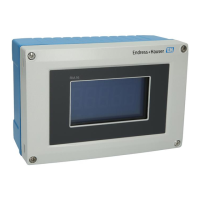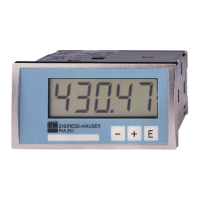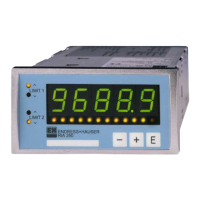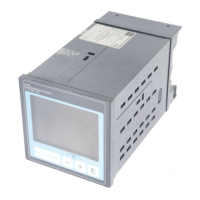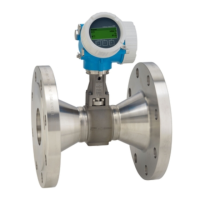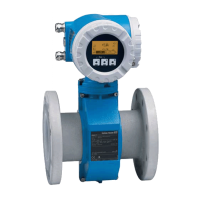Whenever the Raman Rxn2 analyzer main power switch and laser key are turned ON, any attached probes
should be shuttered or covered, or remain immersed in the sample to be measured.
8.1 Raman RunTime embedded software
Raman RunTime is the embedded control software installed on all the Raman Rxn2 analyzers. It is intended for easy
integration with standard multivariate analysis and automation platforms to enable a real-time, in situ process
monitoring and control solution. Raman RunTime presents an OPC and Modbus interface which provides clients with
analyzer data as well as analyzer control functions. Please refer to the Raman RunTime Operating Instructions
(BA02180C) for complete instructions on configuring and using the Raman Rxn2 with Raman RunTime.
8.2 Initial Raman RunTime setup
To perform initial Raman RunTime software setup, follow the instructions below.
1. Customize the analyzer name. The default name is “Raman Analyzer”:
• From the Raman RunTime dashboard, navigate to Options > System > General.
• Click the Instrument Name field.
• Enter a custom name, for example, Raman Rxn2-785 SBAAAF12000, then click Apply. The analyzer name is
how the system is identified in diagnostic exports and within calibration reports.
2. (Optional) Calibrate the touch screen:
• From the dashboard, navigate to Options > System > General > Calibrate Touch Screen.
• Follow the on-screen prompts. To achieve better calibration, use the edge of your fingernail when following on
screen prompts and touching the requested touch points.
3. Customize the identity for communication protocols, and customize network settings:
• Navigate to Options > System > Network.
• Click the Hostname field.
• Enter a custom name and click Apply. This is a critical step because the hostname is how the Raman Rxn
system is identified through communication protocols.
If using DHCP, the IP address is obtained automatically.
• (Optional) Enter the static IP information, as applicable, then click Apply.
4. Set the date and time:
• From the dashboard, navigate to Options > System > Date & Time.
• Specify the time, date, and time zone, or
• Enable Time Synchronization. Provide a time server address on the local network.
• Click Apply.
If setting the date and time manually, ensure the time zone is set up correctly before proceeding to other
adjustments.
This is another critical step because spectral acquisition and resulting files and communication protocols
are managed by the system’s date/time.
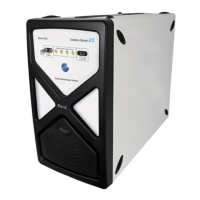
